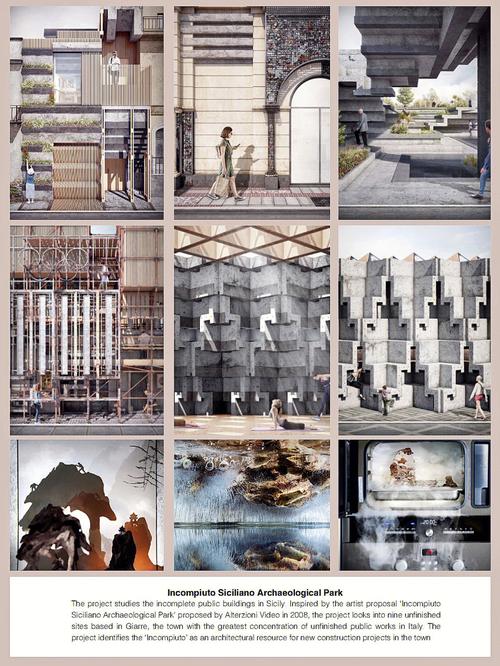
Archaeological Ethics: A Detailed Multidimensional Introduction
When delving into the world of archaeology, it’s crucial to understand the ethical considerations that guide the field. As you embark on this journey, consider the following aspects of archaeological ethics, which are vital for maintaining the integrity and respect for the past.
Respect for Cultural Heritage
Archaeological ethics begin with the fundamental respect for cultural heritage. This respect is not just a moral imperative but also a legal obligation. It involves acknowledging the significance of the past and recognizing the rights of present-day communities to their cultural heritage. This respect is evident in the way archaeologists approach sites, artifacts, and human remains.

Consent and Collaboration
Obtaining informed consent from local communities is a cornerstone of archaeological ethics. This process ensures that the voices of those who are directly affected by archaeological work are heard and respected. Collaboration with local communities also fosters a sense of ownership and shared responsibility for the past.
| Community Involvement | Benefits | Challenges |
|---|---|---|
| Participation in excavations | Empowerment, cultural preservation | Language barriers, logistical challenges |
| Training and education | Skills development, cultural pride | Resource allocation, long-term commitment |
| Decision-making on site use | Community empowerment, sustainable development | Conflict resolution, differing interests |
Professional Responsibility
Archaeologists have a professional responsibility to conduct their work with integrity and honesty. This includes accurate reporting of findings, proper documentation, and adherence to ethical guidelines. Professional responsibility also extends to the preservation and protection of archaeological sites and artifacts.
Environmental Impact
Archaeological work can have significant environmental impacts. It’s essential for archaeologists to minimize these impacts through sustainable practices. This includes careful site selection, minimizing excavation damage, and implementing erosion control measures. Additionally, archaeologists should consider the long-term environmental implications of their work.
Access and Publication
Access to archaeological information should be equitable and inclusive. This means making research findings available to the public, including those from marginalized communities. Publication of findings should be timely and thorough, ensuring that the knowledge gained from archaeological work is shared widely.

Dealing with Human Remains
The treatment of human remains is a sensitive and complex issue in archaeology. It’s crucial to approach human remains with respect and sensitivity, recognizing their cultural significance. This includes proper handling, respectful reburial, and collaboration with descendant communities.
Conclusion
Archaeological ethics is a multifaceted concept that encompasses respect for cultural heritage, consent and collaboration, professional responsibility, environmental impact, access and publication, and the treatment of human remains. By adhering to these ethical principles, archaeologists can ensure that their work contributes to the preservation and understanding of the past while respecting the rights and interests of present-day communities.



